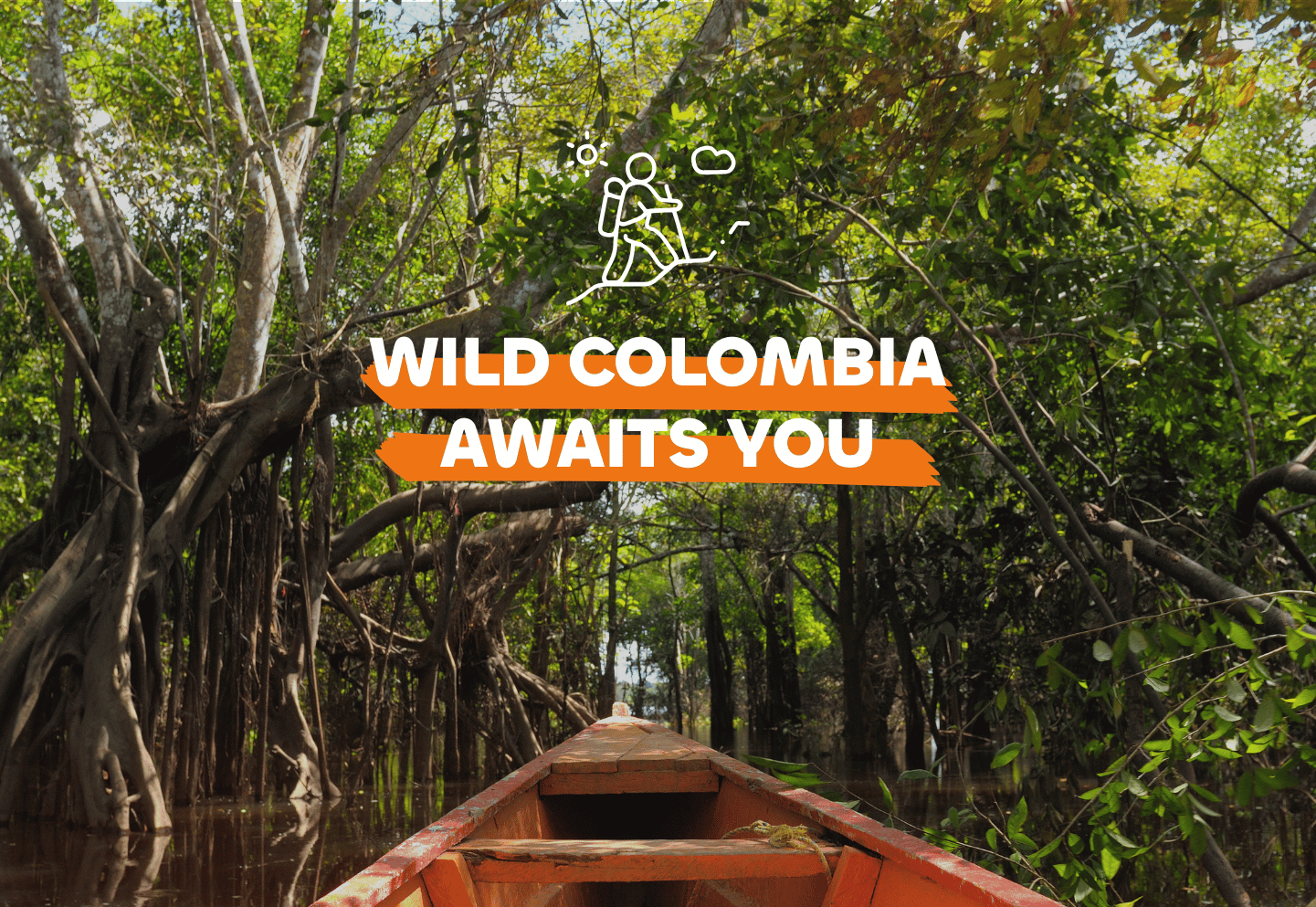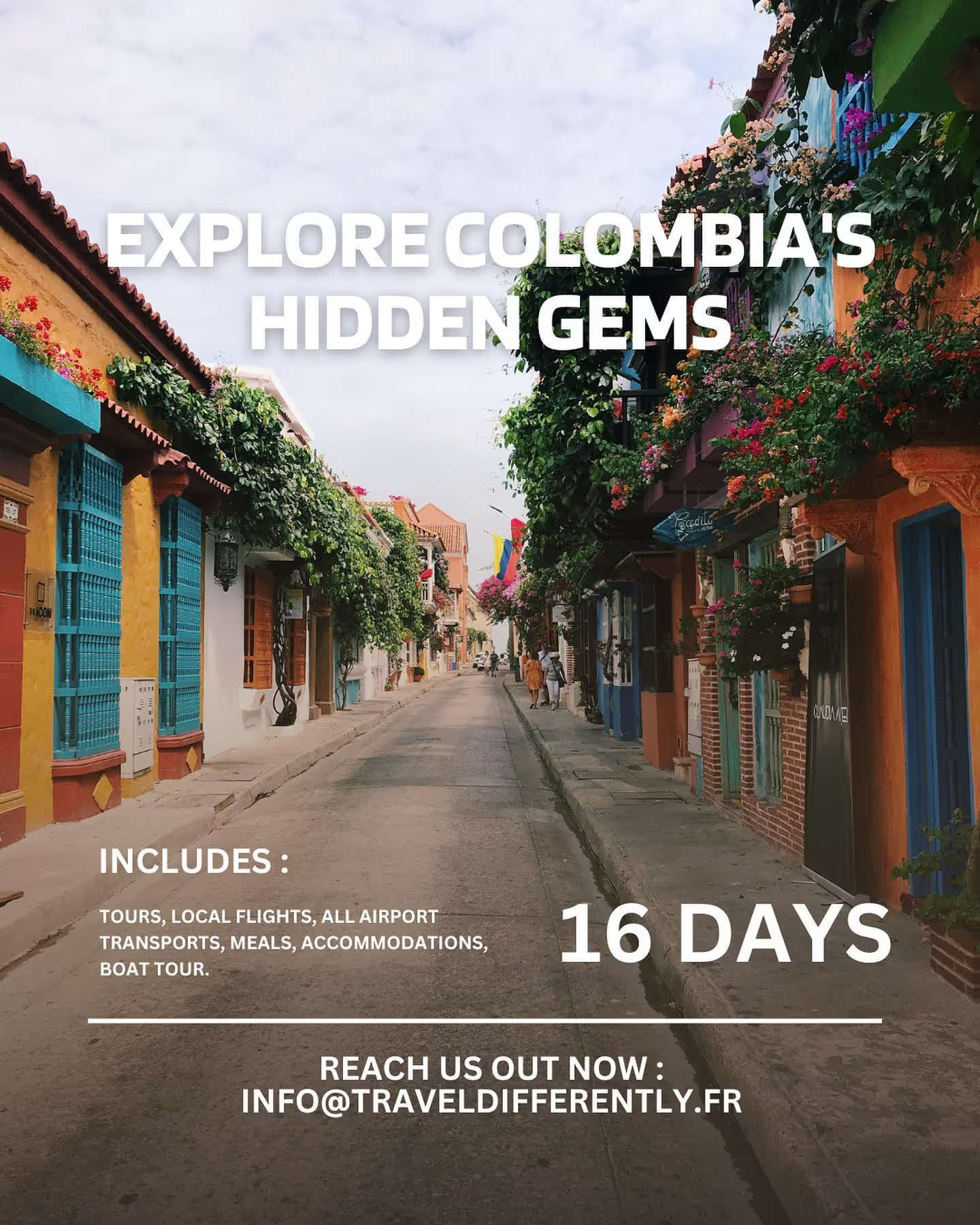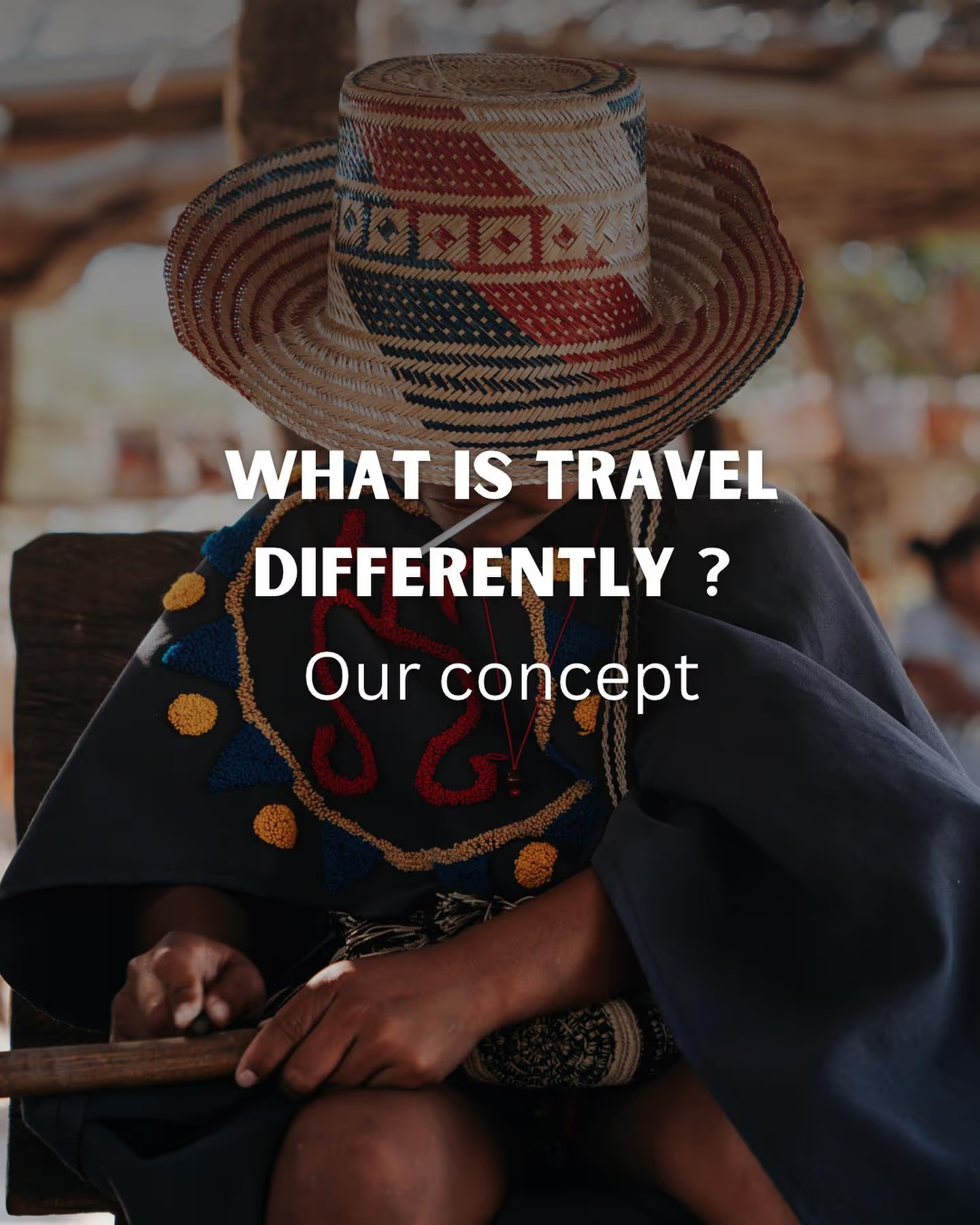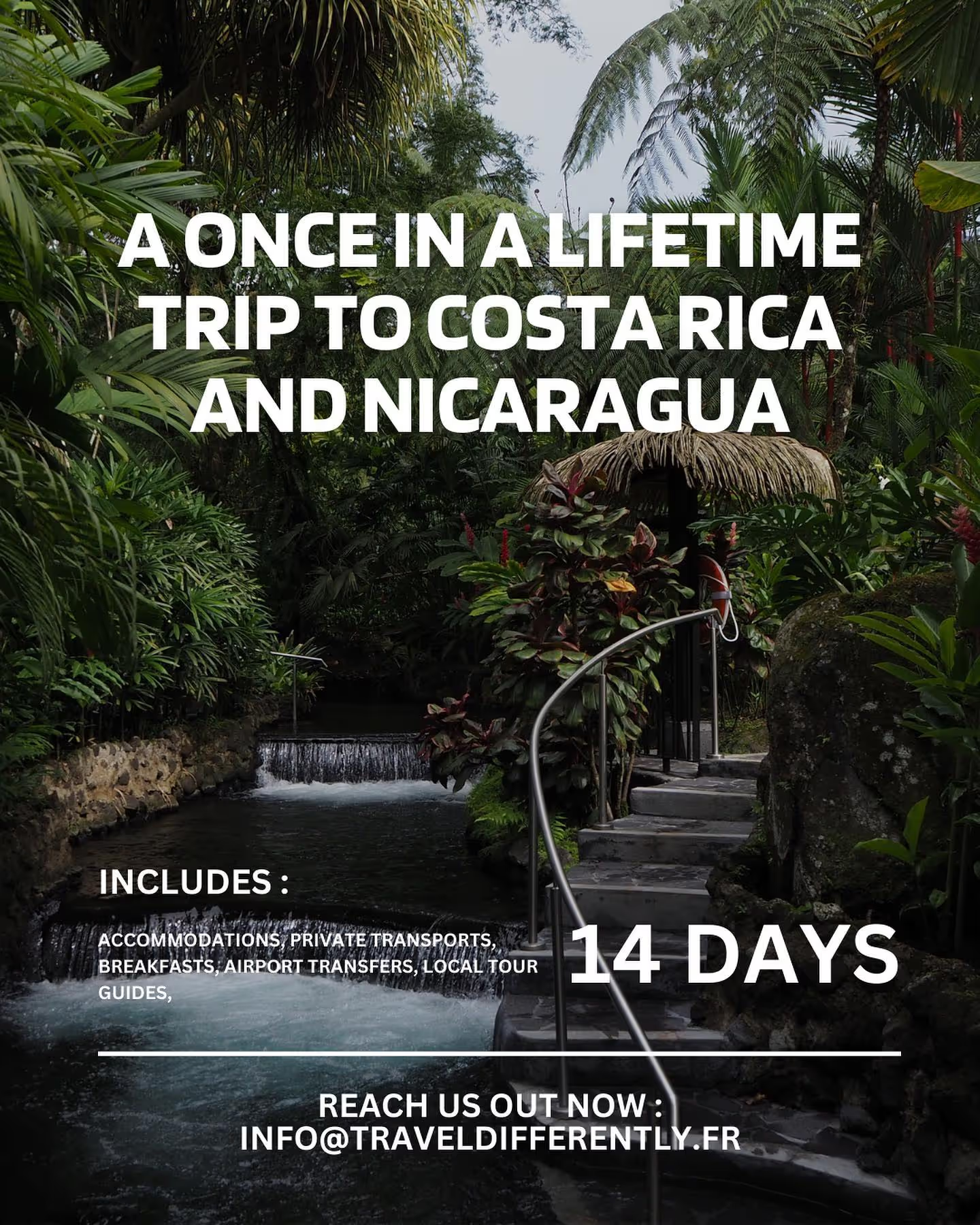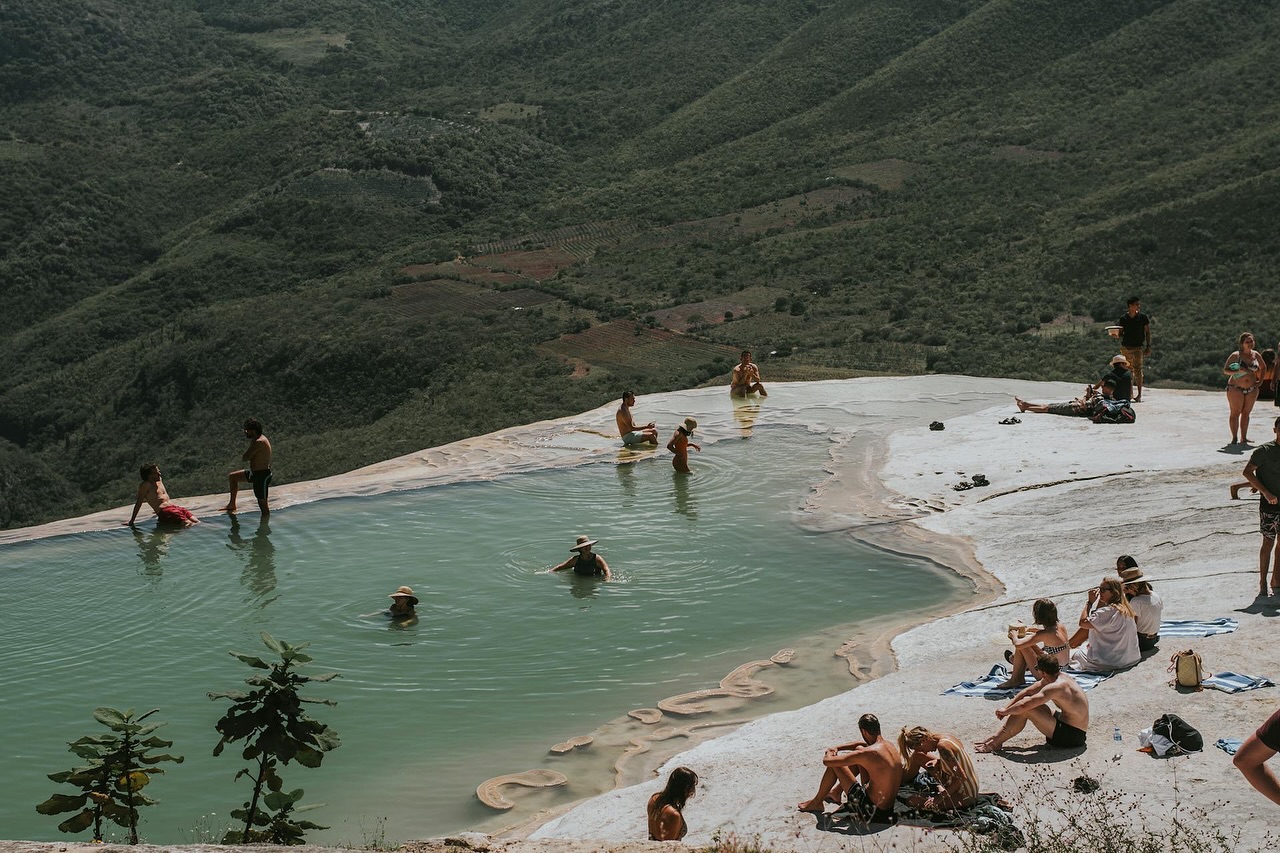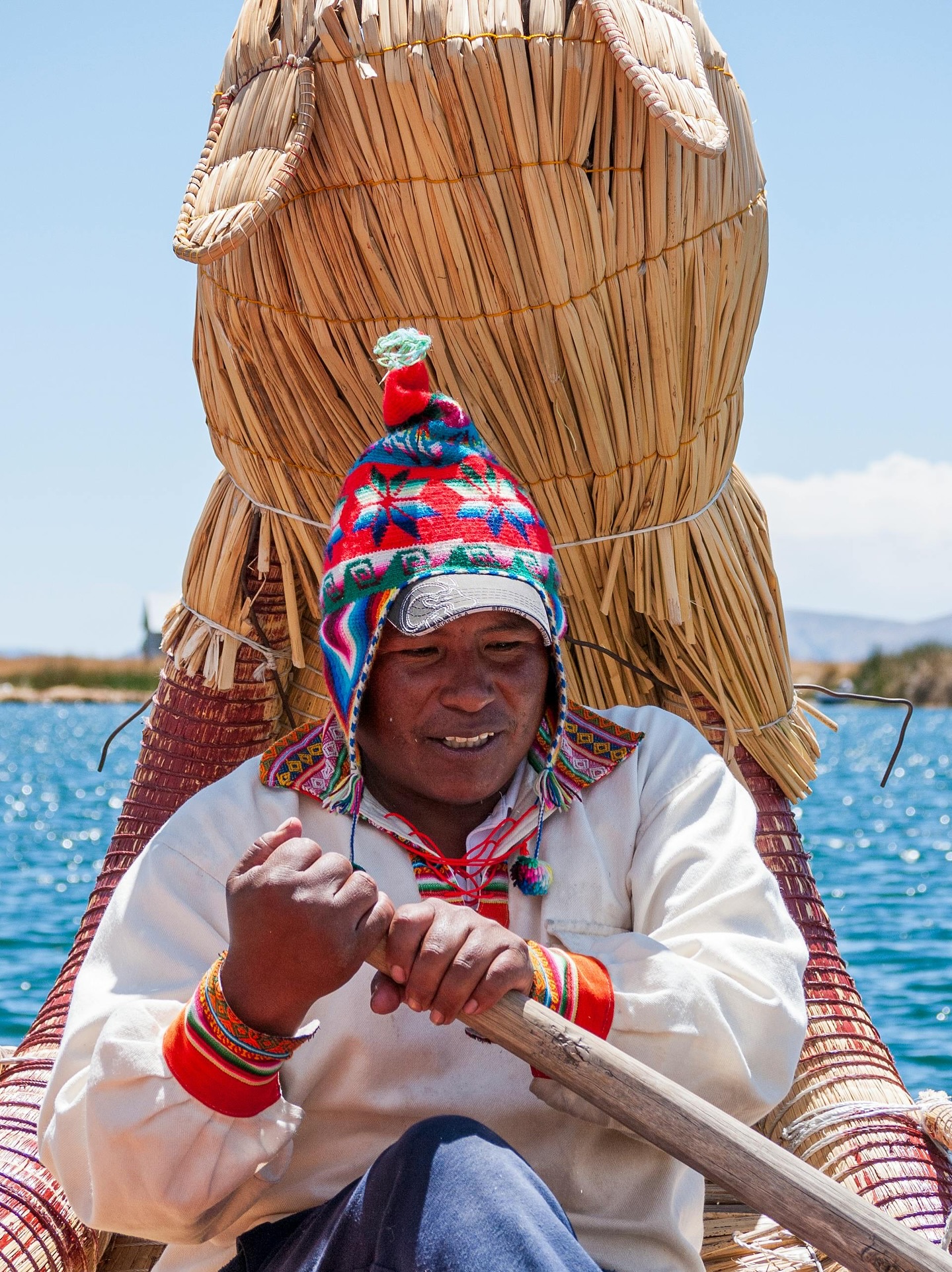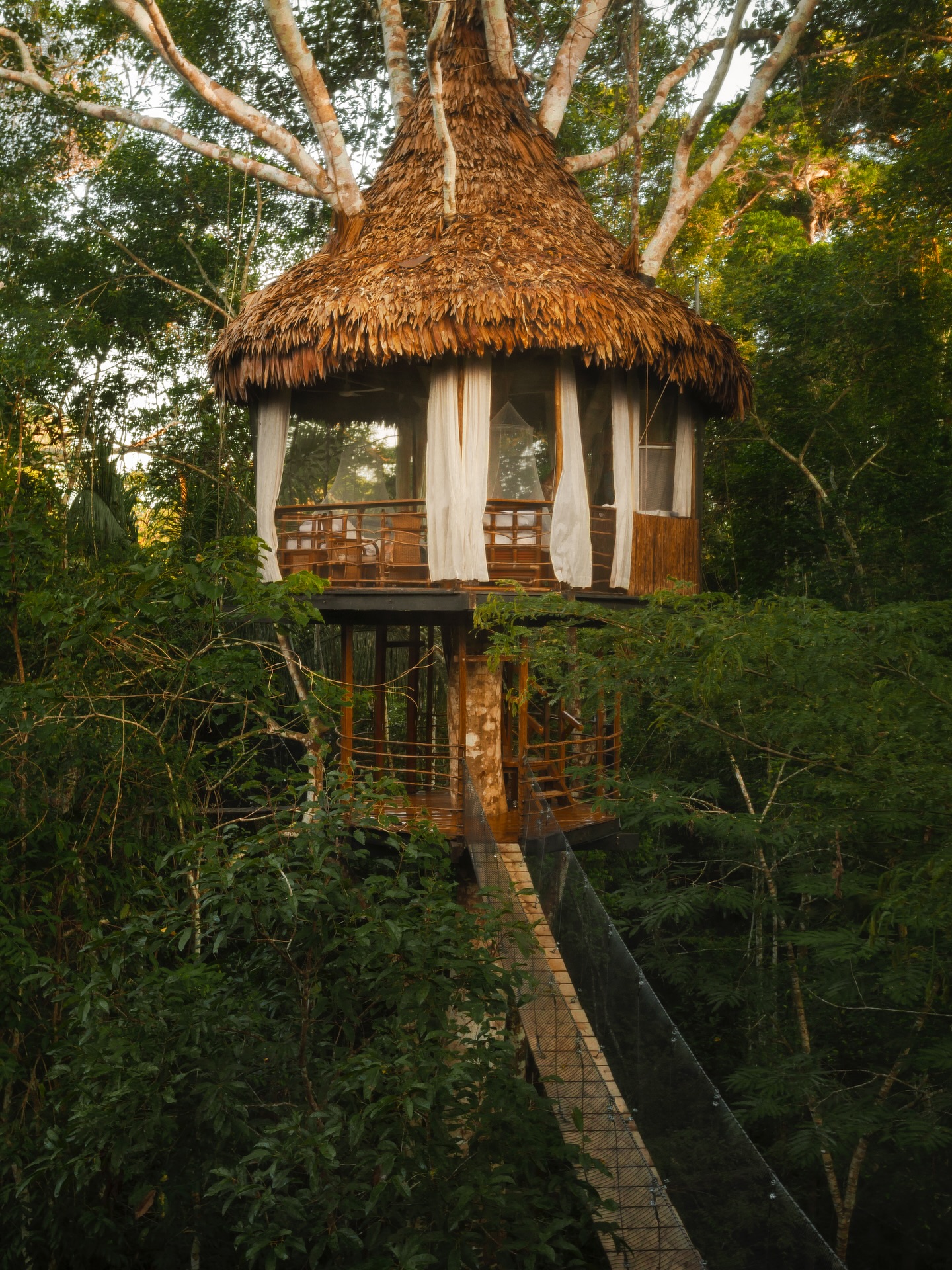Latin America is a region rich in cultural diversity, and one of the best ways to experience its unique traditions is through folk dancing. From the sensual rhythms of salsa in Cuba to the colorful samba in Brazil, Latin American dances are deeply rooted in history and culture.
In this article, we explore some of the most popular folk dances in the region, their origins, cultural significance, and where to experience them. Whether you're a seasoned dancer or a beginner, these dances offer a vibrant and exciting way to connect with the people and culture of Latin America. So put on your dancing shoes and join us on a journey through the rhythmic beats and colorful movements of Latin American folk dances.
Salsa Dancing in Cuba
Salsa dancing is an integral part of Cuban culture, and it has a rich history that goes back to the early 1900s. The dance has its roots in African and Caribbean rhythms, and it is a fusion of various styles, including the Son, Mambo, and Cha Cha Cha. The term "salsa" was first used in the 1960s to describe this new style of music and dance that was emerging in Latin America, particularly in Cuba.
“The cultural significance of salsa dancing in Cuba is immense. It is not just a form of entertainment or a way to stay fit, but it is also a social activity that brings people together. Salsa dancing is a way to express oneself, connect with others, and celebrate the rich history and cultural heritage of Cuba.”
If you want to experience salsa dancing in Cuba, Havana is the place to be. The city is known for its vibrant nightlife, and there are plenty of clubs, bars, and dance schools where you can learn and practice salsa dancing. Some of the most popular places to go include Casa de la Musica, La Fabrica de Arte Cubano, and 1830. You can also attend the annual Havana Salsa Festival, which is held in February and features world-renowned salsa dancers and musicians.
- For beginners or intermediate dancers, it's important to find a good dance partner who is patient and willing to work with you.
- Take salsa lessons from a professional dance instructor to learn the basic steps and techniques.
- Practice regularly and attend social events where you can dance with other people and get feedback on your skills.

Tango Dancing in Argentina
Tango is a passionate and sensual dance that originated in the late 19th century in Buenos Aires, Argentina. The dance has since spread across the world, but it remains deeply rooted in Argentine culture, and Buenos Aires is the best place to experience it.
"Tango was initially viewed as a dance of the lower classes, but it eventually gained popularity and became an integral part of Argentine culture."
If you want to experience tango in Buenos Aires, there are several places you should visit. La Boca is a vibrant neighborhood where tango originated, and it's home to many tango clubs and performances. San Telmo is another neighborhood that is famous for its tango clubs and milongas (tango dance halls). Some of the most famous tango venues in Buenos Aires include Café Tortoni, La Catedral, and El Viejo Almacen.
- Find a good dance partner who is patient and willing to work with you.
- Take tango lessons from a professional instructor to learn the basic steps and techniques.
- Practice regularly and attend social events where you can dance with other people and get feedback on your skills
.avif)
Samba Dancing in Brazil
Samba is a vibrant and energetic dance that is synonymous with Brazilian culture. The dance originated in Brazil in the late 19th century, and it is deeply rooted in the country's history and traditions.
The colorful and lively history of samba dancing in Brazil is closely linked to the country's Afro-Brazilian culture. The dance emerged from the African-Brazilian communities in Rio de Janeiro in the late 1800s, and it was initially viewed as a symbol of resistance and cultural identity. Today, samba is celebrated as one of the most popular and beloved dances in Brazil, and it has become an integral part of the country's cultural heritage.
If you want to experience samba dancing in Brazil, there's no better time than during Carnival and other festivals. Carnival is a massive event that takes place throughout the country, and it's the perfect opportunity to witness samba in all its glory. During Carnival, there are countless samba schools, blocos, and street parties where you can watch or participate in samba dancing. Some of the best places to experience samba during Carnival are Rio de Janeiro, Salvador, and Recife.
If you want to join in the festivities and dance with the locals, there are several tips to keep in mind :
- It's important to dress the part and wear colorful and vibrant clothing.
- It's helpful to learn some basic samba steps beforehand or take a samba dance lesson to feel more comfortable on the dance floor.
- It's essential to let loose and have fun, as samba is all about celebrating life, love, and community.
Samba is an essential part of Brazilian culture, and experiencing it during Carnival or other festivals is an unforgettable experience. Whether you're watching from the sidelines or joining in the festivities and dancing with the locals, samba is a celebration of life, love, and the vibrant cultural heritage of Brazil.
.avif)
Cueca Dancing in Chile
Cueca is the national dance of Chile, and it's an essential part of the country's cultural heritage. The traditional dance of cueca is believed to have originated in the central region of Chile during the colonial era, and it has since become a symbol of Chilean identity and tradition.
The dance of cueca is characterized by its energetic and graceful movements, which are accompanied by the distinctive sound of guitar, accordion, and other traditional instruments. The dance tells the story of a man and a woman who are flirting and courting each other, and it's often performed during national holidays and other celebrations.
One of the most fascinating aspects of cueca is the different styles and regional variations that exist throughout Chile. Each region has its own unique style of cueca, with distinct variations in the steps, music, and costumes. For example, the cueca nortina from the northern regions of Chile features a more rustic and traditional style, while the cueca urbana from Santiago has a more modern and cosmopolitan feel.
If you want to experience cueca dancing and festivals in Chile, there are several places to go:
- One of the most popular festivals to experience cueca is the Fiestas Patrias, which is Chile's national holiday celebrating independence.
- During this festival, there are countless cueca performances and competitions, and it's an excellent opportunity to witness the dance in all its glory.
- There are several cultural centers and dance schools throughout Chile that offer cueca dance lessons and workshops. These classes provide an excellent opportunity to learn more about the history and tradition of cueca, as well as to experience the dance firsthand.
Cueca is an essential part of Chilean culture, and it's a dance that celebrates the country's rich history and traditions. Whether you're watching a performance or joining in the festivities, cueca is a beautiful and captivating dance that's sure to leave a lasting impression.
.avif)
Huayno Dancing in Peru
Huayno is a traditional Andean dance that originated in the highlands of Peru, Bolivia, Ecuador, and Chile. It's a vibrant dance that showcases the rich cultural heritage of the Andean people and is typically accompanied by the sounds of panpipes, charangos, and other traditional instruments.
Huayno has a rich history dating back to the Inca Empire, and the dance has continued to evolve and adapt over the centuries. Today, huayno is a popular dance form in Peru and is often performed during festivals and other cultural events.
If you're interested in experiencing huayno dancing in Peru, one of the best places to go is Cusco. Cusco is a city located in the Andean highlands and is known for its rich cultural heritage and vibrant traditional dance scene. Many cultural centers and dance schools in Cusco offer huayno dance lessons and workshops, providing an excellent opportunity to learn more about the dance and its history.
In addition to Cusco, there are several other cities throughout Peru where you can experience huayno dancing, including Lima, Arequipa, and Puno. These cities are known for their vibrant music and dance scenes and offer numerous opportunities to witness huayno dancing firsthand.
If you're interested in learning the unique moves and rhythms of huayno :
- It's essential to take lessons from a qualified instructor. Huayno has a distinct style and technique, and it can be challenging to learn on your own. However, with a little patience and dedication, you can master the basic steps and join in the fun of this vibrant dance form.
- Huayno is a beautiful and culturally significant dance that celebrates the rich heritage of the Andean people. Whether you're watching a performance or learning the moves yourself, huayno is a dance that's sure to leave a lasting impression.
.avif)
Merengue Dancing in the Dominican Republic
Merengue dancing is a lively and energetic dance that originated in the Dominican Republic and has become an iconic part of the country's culture. The dance is characterized by its fast-paced rhythms, lively beats, and playful movements.
To truly appreciate the cultural significance of merengue dancing, it is important to understand its origins. According to legend, merengue dancing was born in the mid-19th century, when a wounded soldier returned home from battle and began dancing with a limp. This unique style of dancing caught on and became popular throughout the Dominican Republic, eventually evolving into the merengue dance we know today.
If you're looking to experience merengue dancing in the Dominican Republic, Santo Domingo is the place to be. The capital city is home to numerous clubs and dance halls where you can see the best merengue dancers in action. Other cities such as La Romana and Puerto Plata also offer great opportunities to experience merengue dancing.
To truly master the fast-paced and energetic moves of merengue, it is important to start with the basics:
- One key element of the dance is the footwork, which involves a series of quick, small steps in time with the music.
- Beginners should start by practicing the basic steps and gradually build up to more advanced moves and combinations.
Merengue dancing is a fun and exciting way to experience Dominican culture and music. With its lively rhythms, playful movements, and rich history, it's no wonder why this dance has become a beloved part of the country's cultural heritage.
.avif)
To conclude
In conclusion, folk dances in Latin America are not only a way of expressing oneself but also a way of showcasing the rich cultural heritage of the region.
Each country has its unique style of dance, music, and costumes, reflecting its history and traditions :
- Salsa dancing in Cuba is a fusion of African and European rhythms and a popular activity in Havana's clubs and streets.
- Tango dancing in Argentina is a passionate and sensual dance that originated in Buenos Aires, reflecting the country's romantic culture.
- Samba dancing in Brazil is a colorful and lively dance style that represents the country's festive spirit, especially during Carnival.
- Cueca dancing in Chile is a traditional folk dance that reflects the country's Andean and Spanish roots and is performed during national holidays and festivals.
- Huayno dancing in Peru is a unique Andean dance style that features colorful costumes, music, and dance moves that reflect the country's indigenous heritage.
- Merengue dancing in the Dominican Republic is a fast-paced and energetic dance style that has evolved over time and has become a popular cultural expression, especially in Santo Domingo.
All of these dances are worth experiencing for anyone interested in Latin American culture and history.







.avif)
%2520(1).avif)


.png)

